The 13th Bridges annual conference was held in the city of Pécs, Hungary, from 24 to 29 July 2010. Reza Sarhangi, founder of the Bridges organization and one of the organizers of the Bridges conferences since their inception, counted 300 registered participants from over 30 countries, and double the number of people in the audience for certain performances and events.
The main venue of the conference, Hotel Palatinus, hosted a mathematical art exhibit that was curated by Robert Fathauer with the help of Anne Burns, Nat Friedman, Nathan Selikoff and István Orosz. This team assembled an outstanding collection of works created by over 70 artists, from four continents and over 25 countries, and produced a catalogue Citation2 of equally high quality. Contributing to the aesthetic pleasure provided by the art were the beauty and sophistication of the surroundings. The hotel, in which the works of art were displayed, seemed to be a throw-back to an earlier era, with its gilded and ornate wall coverings, marble staircases and crystal chandeliers. It was situated on Király Street where some of Pécs spectacular architecture and glazed Zsolnay porcelain water fountains led the way to its main entrance. Just a few streets away was the ‘museum zigzag’, a winding street including a number of art museums, which ended in a historical complex consisting of a cathedral, a bishop's palace and Cella Septichora – Unesco World Heritage Roman remains and early Christian burial site (ca first century AD).
Among the exhibiting artists were: mathematicians, computer scientists, engineers, physicians, teachers, graphic designers, weavers, textile designers, quilters, bead and thread artists, sculptors, architects, crochet artists, origami folders, photographers, poets and painters. Each treated the intersection of art and mathematics in their unique and inimitable way. There were works that gave the illusion of four dimensional art objects created by an ingenious use of geometry, or with computers powered by the artist's imagination and technical knowledge ( and ). Three-dimensional art objects made use of a wide variety of materials: metals, several types of wood, plastics, acrylics, paper and cardboard, Neapolitan playing cards, crystal beads, glass, wire, fabrics, recycled materials and more (Figures ). Bas-relief work – the ‘two and a half-dimensional’ art form, was featured as quilts or woven fabrics (). Two-dimensional art, whether created by an artist's hand or with the aid of computer software, was depicted on fabric or canvas and on paper through painting, etching, photography, laser imaging and various computer printing techniques (Figures ).
Figure 1. Raymond Aschheim (http://polytopics.com/), Hyperdiamond, 2010. Transparent acrylic, object technology 8″ × 8″ × 8″.

Figure 2. John Hiigli (http://www.johnahiigli.com/), Chrome 163, 2005. Digital print on canvas, approximately 24″ × 24″. See insert for colour version of this figure.
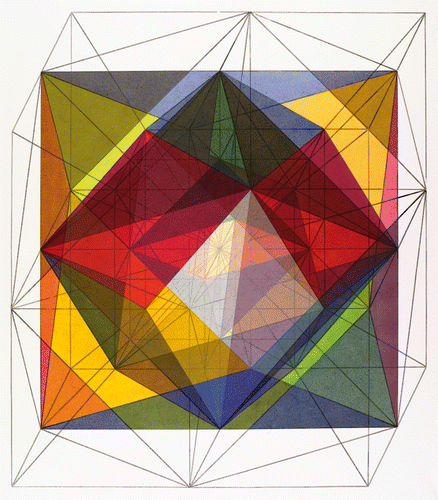
Figure 3. Henry Segerman (http://www.segerman.org/), Sphere Autologlyph, 2009. PA 2200 plastic, selective-laser-sintered, approximately 4″ × 4″ × 4″.
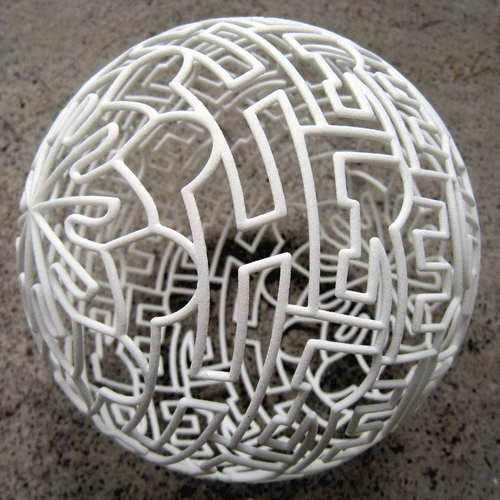
Figure 4. Antal Kelle (http://www.artformer.com/): top (a) Helix Interactive Composition 3D, 2000. Varnished beech wood with moving structure inside, 15.75″ × 15.75″ × 15.75″ and bottom (b) Helix Group. A variety of forms produced by rotating the cone segments of one helix. See insert for colour version of this figure.
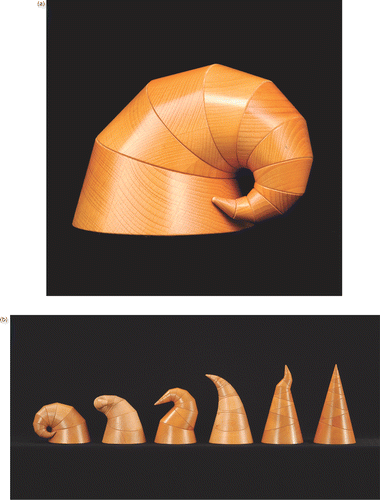
Figure 5. Carlo H. Séquin (http://www.cs.berkeley.edu/~sequin/), Knot 5.2, 2009. Yellow ANS plastic (FDM), 5″ × 5″ × 3″. See insert for colour version of this figure.
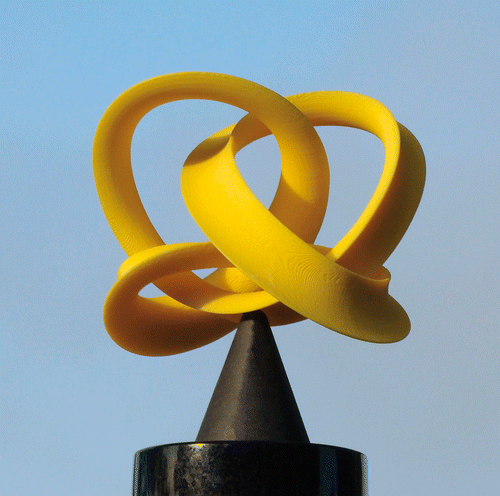
Figure 6. Louise Mabbs (http://www.louisemabbs.co.uk/), Trinity/Trefoil Knot, 2007. Cotton fabrics and thread, polyester inner, 12″ × 12″. Photograph © Janine Boyer. See insert for colour version of this figure.
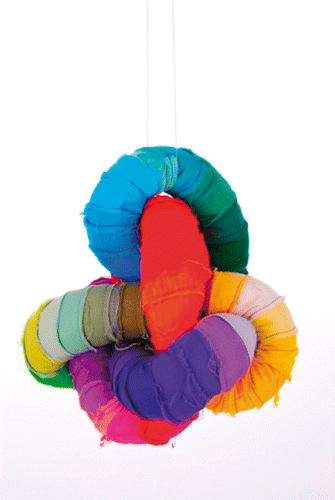
Figure 7. Elaine Krajenke Ellison (http://www.mathematicalquilts.com/), Tiled Torus, 2009. Fabric quilt, thread painting, 36″ × 36″. See insert for colour version of this figure.
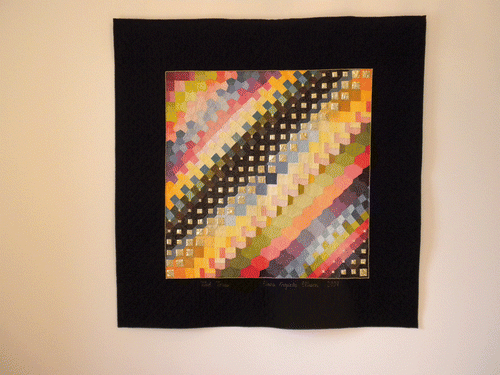
Figure 8. Mike Naylor (http://www.nakedgeometry.com/), Melt Into You, 2010. Digital prints, 4 frames, 12″ × 12″ each.
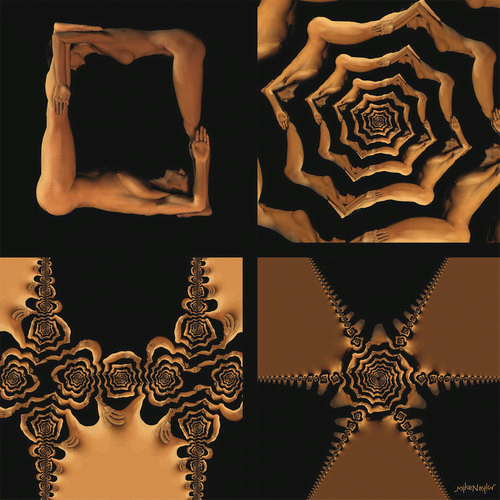
Figure 9. Anne Burns (http://www.anneburns.net/), Circles-Five, 2009. An iterated function system with five-fold symmetry. Digital print, 13″ × 19″.
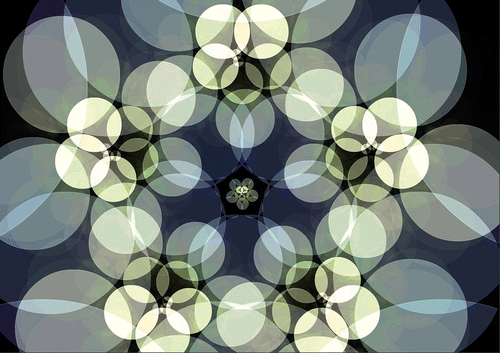
Figure 10. Gary Greenfield (http://www.mathcs.richmond.edu/~ggreenfi/), Robot Drawing # 21091, 2010. Digital print, 5″ × 7″ (unframed).
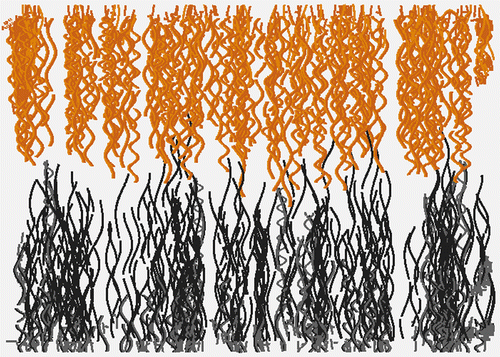
Figure 11. Mike Field (http://www.math.uh.edu/~mike/), Butisitart, 2007. Digital print on canvas, 22″ × 22″. See insert for colour version of this figure.
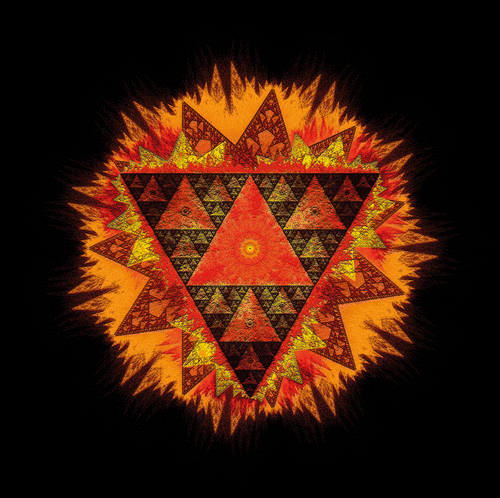
Figure 12. Reza Sarhangi (http://pages.towson.edu/gsarhang/), Calm, 2008. Digital print, 16″ × 20″.
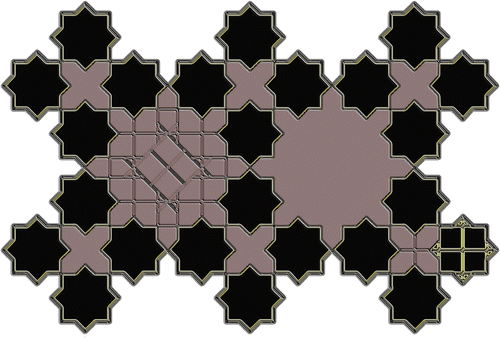
Figure 13. James Mai ([email protected]), Circuitous Glow (Yellow on White), 2009. Digital print, 14″ × 14″. See insert for colour version of this figure.
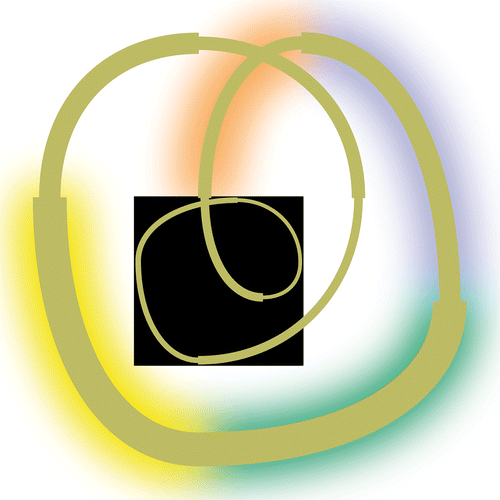
Figure 14. Suman Vaze (http://www.sites.google.com/site/vazeart/), Sacred Cut, 2010. Acrylic on canvas, 24″ × 30″.
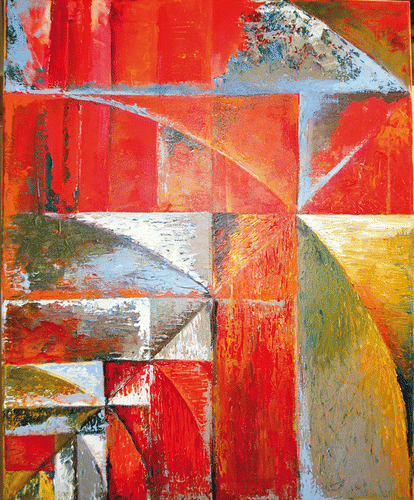
Figure 15. Kaz Maslanka (http://www.kazmaslanka.com/), Whispers, 2009. Digital print on paper, 12″ × 12″.
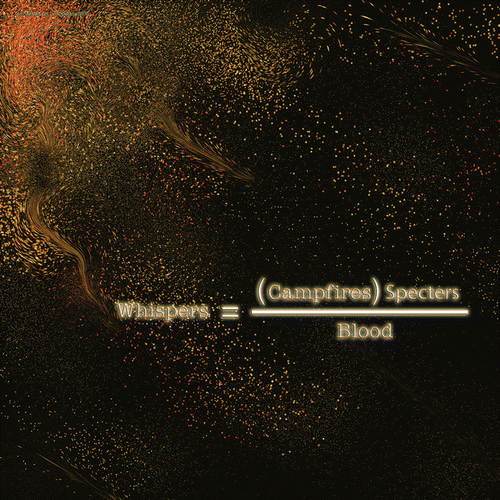
No single report can do justice to the abundance of artistic creativity and invention displayed at this exhibit. In this report, I chose pieces that convey the range of media and mathematical themes touched by the exhibit. However, space limitations dictated a narrowing of focus. To achieve this, I gave more prominence to two dimensional pieces. Even with this restriction, I was not able to include many outstanding two-dimensional works, and barely touched the surface for works of higher dimensions. The entire exhibit is available online at the Bridges gallery site: http://www.bridgesmathart.org/bridges-galleries/. All images reproduced in this report are copyrighted by the respective artists and reprinted with their gracious permission.
A search for ways of depicting the fourth dimension has engaged artists for more than a century. Computers seem to have made such depiction truly possible. Using the computer as a tool to build models of hypercubes and other n-dimensional geometric objects, introduced by Coxeter Citation1 in the 1970s, Raymond Aschheim created the luminous four-dimensional object, Hyperdiamond (). Hyperdiamond, made of transparent acrylic, is a four-dimensional lattice composed of 125 cubes. Other four-dimensional pieces by Aschheim Citation2 use magnets to float in space for a beyond three-dimensional visual effect. Another piece that impressed me with its ability to achieve a four-dimensional effect was John Hiigli's Chrome 163 (). The exhibit displayed a digital print of an original painting that used transparent oil on canvas. The work was created with the building block system invented by the artist and described in his Bridges Pécs Proceedings Citation4 article that transforms geometric figures into other geometric figures. Hiigli's aim was to express ‘light of the heavens’. Glowing with a mysterious light, the piece appears to be a projection from a four-dimensional universe. Another piece where beautiful illusions provide a hint to the beyond is Doug Dunham's Smoothly Colored Squares 45 Citation2. The printed version does not reproduce fully the three-dimensional effect of the hyperbolic pattern of bordered squares, in the style of Vasarely; or the reaching towards infinity on the circle's boundary, in the style of Escher's Circle Limit series. For the full effect, the reader should view the piece at the online Bridges 2010 art gallery.
The Bridges 2010 art exhibit had a strong selection of three-dimensional art works. A striking example was Henry Segerman's self-referential sphere, Sphere Autologlyph (), whose surface is tessellated with 20 copies of the word ‘Sphere’. The design used a variety of computer software tools and manual and machine manipulation to achieve the final object. As a poet, I found Segerman's snowy sphere's use of one word to convey both mathematical meaning and aesthetic value particularly appealing. Segerman's was just one of the many three-dimensional pieces involving traditional geometric solids. Another example of how artistic inventiveness can take such an object and transform it into a work of art is Piotr Pawlikowski's Squares and Triangles II Citation2, which is a ball-like geometric shape made up of squares and triangles that cut one another to yield 3540 colourful facelets. Antal Kelle's kinetic sculpture, Helix Interactive Composition 3D (), is another such art piece. At rest in upright position, it looks like a warmly glowing wood cone. In effect, it is made up of flexible cone segments adjoining each other along the boundaries, which are movable to turn an abstract form into an organic form and vice-versa. Several of the endless variety of forms that may be produced by rotating the cone segments can be seen in the accompanying image (). Kelle's work deserves more than such a short mention. The reader can get some idea of the range of his compositions in Citation2 and Citation4. Other interesting pieces employing traditional shapes include Krystyna Burczyk's origami, Just Squares, Francesco De Comité's Stone Spirals, Jacques Beck's Coquillage, Xavier De Clippeleir's Transforming Rhombic Dodecahedron, and many others Citation2.
A number of three-dimensional art pieces employed knots, or similarly looking geometric shapes, to achieve an elegant aesthetic effect. Carlo H. Séquin's Knot 5.2 () is an example of a complex knot turned into a model for a monumental sculpture whose clean curves gracefully intertwine in space. Louise Mabb's works with fabric covered Borromean rings and tubes make two-dimensional images visualizable in three dimensions. Her Trinity/Trefoil Knot () is a pointed trinity knot visualization of a two-dimensional rounded trefoil knot. The length of the tube is too short to show the underlying structure well, but in my opinion the mystery at the centre makes this piece more interesting. Other noteworthy pieces employing knots, or similar mathematical objects, are: Bjarne Jespersen's wood Great Tetraknot, Robert Fathauer's digital print Self-Similar Knot No. 1, John M. Sullivan's sculpture Minimal Flower 3, and Mehrdad Garousi's digital print Knots 2 Citation2.
Quilting, the art form that produces objects too thin to be called three dimensional and too thick to be called two dimensional, was not widely represented at this art exhibit. An unusual piece of work employing fabric quilt and thread painting is Elaine Krajenke Ellison's Tiled Torus (). According to the artist, Tiled Torus was inspired by the work of John Sharp, Craig S. Kaplan, M.C. Escher, and William Huff. Ellison encountered their work on morphing tiles in past Bridges conferences. The follow-up conversations with John Sharp resulted in her application of this concept to the construction of her appliquéd quilt. By a fortunate accident, this tiled quilt turned out to be a torus that could be cut and laid flat. The left and right side of the pattern join together to form a cylinder, as do the top and bottom of the design. Floral Voronoi I and II Citation2 were two lively quilts by Andreia Hall and Prudência Leite, exploring Voronoi diagrams resembling floral patterns.
A large number of the two-dimensional art pieces appearing at this exhibit may be called algorithmic art, that is, art that makes substantial use of computer software on which the artist has a certain degree of control. Mike Naylor's Melt Into You (), an art piece made up of four digital print frames, is one of the several examples of the amazing results that can be achieved when the technical power of computer software is combined with an artist's aesthetic sensibility. Melt Into You starts with an image of a man and a woman, which is transformed by a uniform radial scaling of the image and then joined to a similar copy of itself. The effect is then enhanced by applying fractal algorithms to achieve successively surreal effects. Another work involving iterated function algorithms to very good effect is Mingjang Chen's Chaotic Landscape Painting Citation2. This piece used a structural cloning method and leaping iterated function system to generate a naturally looking traditional Chinese landscape painting. Anne Burns’ Circles-Five () is the harmonious floral composition resulting from repeated application of a transformation to an initial object and changing parameters at each stage. In a similar vein is the fiery floating curve appearing on the screen capture of the real-time video projection: Æxploration (Aesthetic Exploration), by Nathan Selikoff Citation2. This image was produced by a change, made by the artist, in the code of an interactive custom-built program originally designed to visualize two- or three-dimensional strange attractors, and allowing the viewer to control coefficients, colour and transformation of the attractor.
Gary Greenfield's Robot Drawing # 21091 () is an example of algorithmic art yielding a surprising visual effect – an image that brings to mind an ancient Peruvian quipu. This work was created using simulated drawing robots that have the capability of drawing curvilinear paths while travelling in a straight line. The robots that draw in black sweep up and down, trying to remain in the bottom half of the canvas, while the robots that draw in colour follow a similar pattern in the upper half of the canvas. Thanks to collision avoidance, different robot speeds and other parameter settings, an organized composition possessing interesting details emerges from the mark making dynamics. Mike Fields’ stunning digital print on canvas, Butisitart (), is a complex image, which is a composite of the Sierpinski triangle and another symmetric fractal with 11-fold symmetry. The construction of this image required the artist to develop new software and colouring algorithms. The impact of this piece is enhanced by a visual association with ‘the eye in the triangle’, an image connected to the Eye of Providence, Masonic iconography, the Eye of Horus and other esoteric symbols.
Several two-dimensional art pieces combined modern tools and ideas with historical mathematical objects and techniques. Such pieces appeal on several aesthetic levels – the visual effect is part of a complex response to the image, the history behind it, and the magic and mystery associated with numbers and geometric patterns in antiquity. One such piece is Reza Sarhangi's Calm (), an artwork based on modularity. Modularity, explained in several of Sarhangi's articles, is a cut-and-paste technique for creating Islamic mosaic designs that is older than the compass-and-straightedge method employed in medieval Persia to produce the spectacular wall patterns we see today in ancient mosques and shrines. References to Sarhangi's articles and the set of modules and extra cuts used in Calm appear in Citation2. Calm was created with the aid of computer software. Another piece combining the ancient and the modern is James Mai's Circuitous Glow (Yellow on White) (). Mai's work follows two primary directions: a study of colour relativity – the structure of simultaneous colour contrast illusions, and geometric composition built primarily upon golden section relationships. The golden section, or divine proportion, has been extensively used as an aesthetic principle in art and architecture since the Renaissance, but it has been an object of study and fascination since the fifth century BC. The golden section appears in Mai's Circuitous Glow (Yellow on White) in the division of the loop into circular and elliptical arcs, the division of the squares and the placement of the loop and its components. The yellow-ocher loop is physically the same colour throughout, but appears to change colour in response to varied background colouring. A third piece in this category is Suman Vase's Sacred Cut (). Geometric considerations appear in Indian Vedic literature (ca 500 BC) in the context of sacrificial altar construction. The ancient texts, for example Satapatha Brahmana, reveal extensive knowledge of geometry, especially related to preserving or custom-altering areas while changing the shape or location of geometric figures. The sacred cut, a particular way of dividing a square using circular arcs, appears in medieval cathedral architecture, but it may have been originally used in ancient altar construction to find a way to double the area of a square while preserving the geometric figure. Vase's Sacred Cut is an artistic rendering of the ancient process. It illustrates the construction of the sacred cut and the silver rectangle (a rectangle with ratio of sides 1 : ), and also gives an impression of doubling areas of squares and rectangles.
The Bridges 2010 exhibit displayed only one work by a poet. Kaz Maslanka's art defies easy classification. He mixes poetics in the structure of mathematical equations, and places the resulting equation-poem in a visual environment that captures and enhances its meaning. This blend of the aesthetics of poetry, mathematics and visual art appears in Maslanka's Whispers (). This work is an example of what Maslanka calls a ‘Proportional Poem’. Proportional poems are of the form ‘a is to b’ as ‘c is to d’. The poem, displaying the result of solving for one of the variables in terms of the others, is embedded in a visual composition that provides a multi-dimensional aesthetic experience.
In closing, I would like to note that this was the first Bridges conference I attended and I found the immersion in mathematical art in its varied forms, through the art exhibit, the talks, the nightly performances, and other events of this week long conference, a heady experience. I hope this report succeeds in conveying the richness of the experience the art exhibit offered Bridges 2010 participants. Information on other events at Bridges 2010 may be found in Paul Gailiunas' AMS report Citation3.
References
- Coxeter , HSM . 1973 . Regular Polytopes , New York : Dover Publications .
- Fathauer , R and Selikoff , N . (eds.), Bridges Pécs Art Exhibition Catalog 2010, Tessellations Publishing, Phoenix, AZ, 2010
- Gailiunas , P . Bridges Pécs 2010, A report. Available at http://www.ams.org/meetings/Bridges2010-Gailiunas.pdf
- Hart , GW and Sarhangi , R . (ed.), Bridges Pécs Proceedings 2010, Tessellations Publishing, Phoenix, AZ, 2010